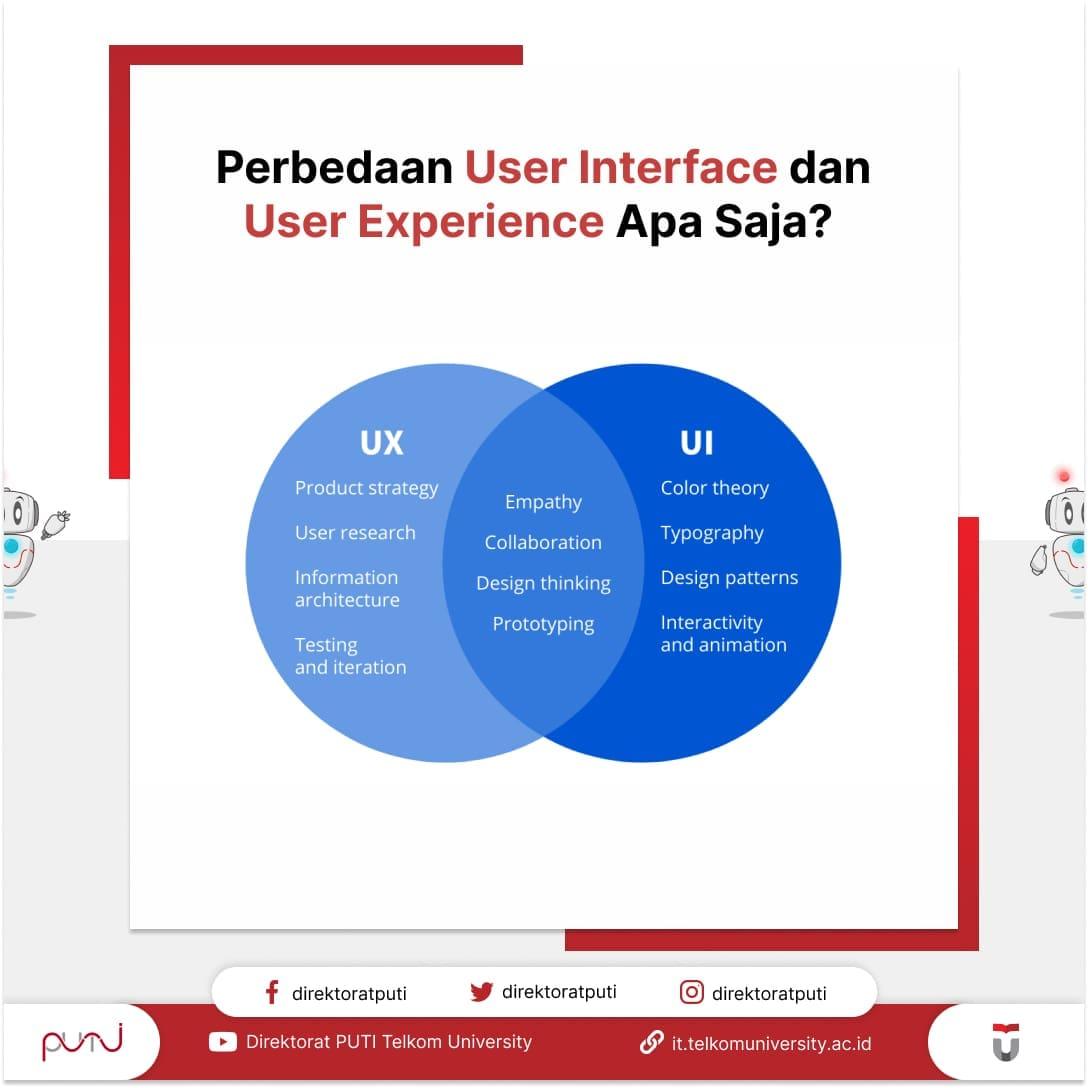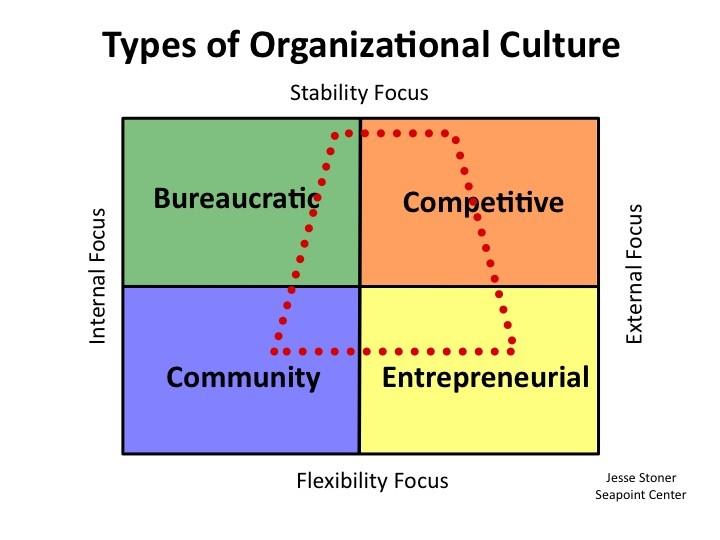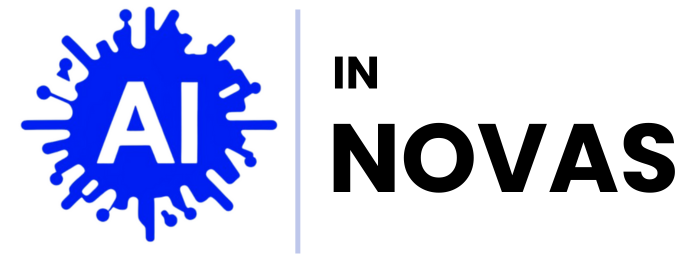In the ever-evolving world of productivity tools, Trello and Notion have emerged as two titans, each offering a unique approach to organizing projects, managing tasks, and facilitating collaboration. Trello, with its intuitive card-and-board system, exudes simplicity and clarity, appealing to those who appreciate visual workflows. On the other hand, Notion presents itself as a versatile all-in-one workspace, blending notes, databases, and project management features into a customizable powerhouse. As professionals and creatives seek to streamline their processes and enhance their efficiency, the question arises: which tool truly offers more flexibility? In this article, we’ll delve into the strengths and limitations of Trello and Notion, exploring how each platform caters to different styles of organization and project management. Join us as we navigate the landscape of productivity tools, aiming to illuminate the choice that best aligns with your workflow and needs.
Exploring the Interface: User Experience and Customization Options
When it comes to user experience, both Trello and Notion have distinct interfaces that cater to different organizational styles. Trello operates on a card-based system that visually represents tasks through boards and lists, making it intuitive for users who thrive on simple drag-and-drop functionalities. This setup is particularly beneficial for teams that prefer a clear overview of progress via customizable labels, checklists, and due dates. In contrast, Notion offers a more versatile interface that blends note-taking with project management capabilities, allowing users to create interconnected databases, all of which can be embedded seamlessly within pages. This flexibility ensures that users can tailor their workspace to fit individual and team needs without being boxed into a single format.
Customization options are where the real differentiation occurs. Trello provides users with various backgrounds, stickers, and power-ups to enhance their boards, ensuring a degree of personalization. Furthermore, users can integrate third-party tools to extend functionality, appealing to teams with specific workflow requirements. Meanwhile, Notion elevates customization to another level with its ability to create custom views, utilize templates, and employ a range of formatting options including tables, lists, and calendar views. This enables users not only to organize their tasks but also to define the visual hierarchy of information, fostering an environment where creativity and organization coexist harmoniously. Below is a quick comparison of customization features available in both tools:
| Feature | Trello | Notion |
|---|---|---|
| Custom Backgrounds | ✔️ | ✔️ |
| Templates | Limited | Extensive |
| Embedded Media | ✔️ | ✔️ |
| Databases | ❌ | ✔️ |
| Integration Options | Wide | Moderate |

Task Management and Collaboration: Evaluating Features for Team Efficiency
When it comes to task management and collaboration, Trello and Notion both shine in enabling teams to streamline their workflow, but they approach flexibility in different ways. Trello’s intuitive card-based system allows teams to visualize projects easily through boards. This setup fosters collaboration by enabling team members to drag and drop tasks, customize lists, and utilize labels for quick identification. Key features include:
- Checklists: Organize tasks within cards to ensure nothing is overlooked.
- Due Dates: Keep track of deadlines effectively.
- Power-Ups: Boost functionality by integrating third-party apps.
On the other hand, Notion offers a more comprehensive workspace that encompasses various functionalities from notes to databases. Its flexibility lies in the customizable templates and blocks that allow teams to create their unique structures tailored to specific projects. Users can also create interlinked databases, which fosters a cohesive flow of information across tasks. Key Notion features include:
| Feature | Trello | Notion |
|---|---|---|
| Task Visualisation | Kanban Boards | Customizable Views |
| Integration Capabilities | Limited (Power-Ups) | Extensive (APIs, App Integrations) |
| Documentation Features | Basic | Rich Text and Multimedia |

Organizational Versatility: How Each Tool Adapts to Different Workflows
Trello excels in adaptability with its flexible board-and-card system, allowing teams to customize their workflow with minimal effort. Users can create a Kanban-style layout, which is ideal for visual project management, or utilize lists and cards to organize tasks by priority, deadline, or team member. The platform supports various workflow types, including agile, waterfall, and event planning, enabling teams to pivot as project requirements evolve. The ability to easily move cards across lists makes Trello suitable for both daily tasks and long-term project tracking.
On the other hand, Notion’s versatility lies within its all-in-one workspace capabilities. By offering a range of template options, users can design their own dashboards tailored to specific workflows, such as note-taking, database management, or collaboration. The use of linked databases and dynamic pages allows teams to create interconnected systems that evolve as their needs change. Notion supports embedding various content types, from documents to spreadsheets, which fosters a seamless transition between different project phases and enhances the overall productivity of diverse teams.

Integrations and Automations: Enhancing Productivity with Third-Party Connections
Both Trello and Notion excel in the realm of integrations and automations, allowing users to connect with a myriad of third-party applications that enhance productivity. Trello stands out with its user-friendly interface and a robust library of power-ups, which enable seamless connections to tools like Slack, Google Drive, and Zapier. This means users can automate tasks such as notifying teams of card updates or syncing files across platforms, effectively reducing manual workload and streamlining workflows.
On the other hand, Notion provides a more customizable experience through its API, empowering users to create unique workflows tailored to their specific needs. By integrating with applications such as Google Calendar, GitHub, and Typeform, Notion allows for sophisticated data manipulation and project management. This flexibility means users can design complex automations, enabling actions like updating databases based on form responses or synchronizing tasks with their calendars. The capability to weave various tools into a cohesive system makes Notion a strong contender for those craving personalized productivity solutions.
Future Outlook
In the grand arena of productivity tools, both Trello and Notion stand as formidable contenders, each wielding unique strengths and styles. Like two artists with different palettes, they invite you to explore the landscapes of organization and collaboration in ways that resonate with your individual needs. Trello’s Kanban boards offer a straightforward, visually compelling method for managing tasks, while Notion’s versatile workspace empowers you to craft a personalized hub for your projects and ideas.
As you step back to assess your own requirements—be it the simplicity of task tracking or the complexity of multi-faceted project management—the choice between these two platforms becomes clearer. Are you seeking quick, visual task management, or do you crave a more integrated, customizable experience? The answer lies within your workflow.
Ultimately, whether you choose Trello’s streamlined approach or Notion’s expansive capabilities, the most important thing is finding a tool that enhances your productivity and brings clarity to your creative journeys. In this age of digital possibilities, trust that the right option awaits you, ready to help transform ideas into action. So, which tool will you embrace to elevate your approach to organization and collaboration? The decision is yours—may your choice propel you toward greater productivity!




